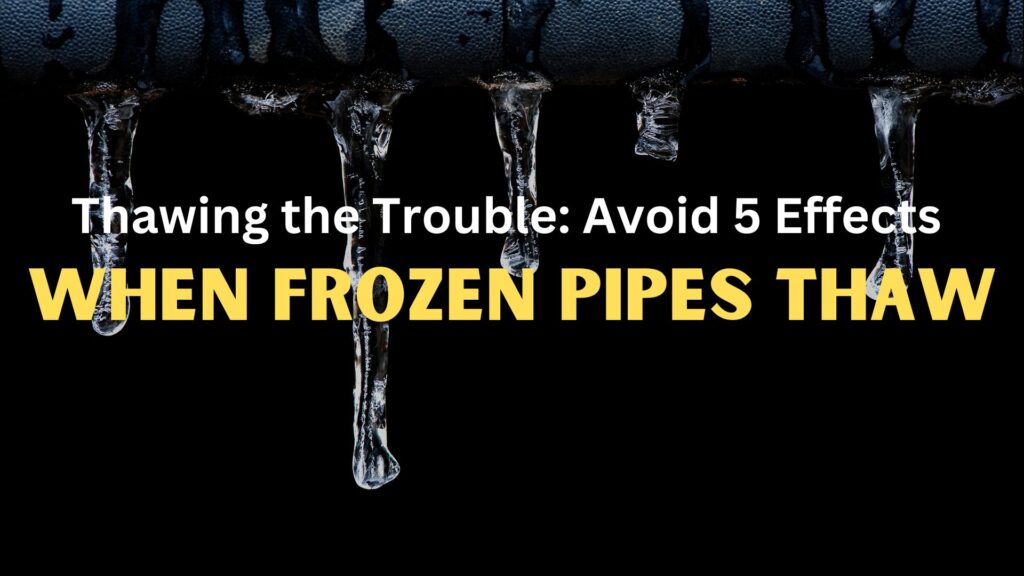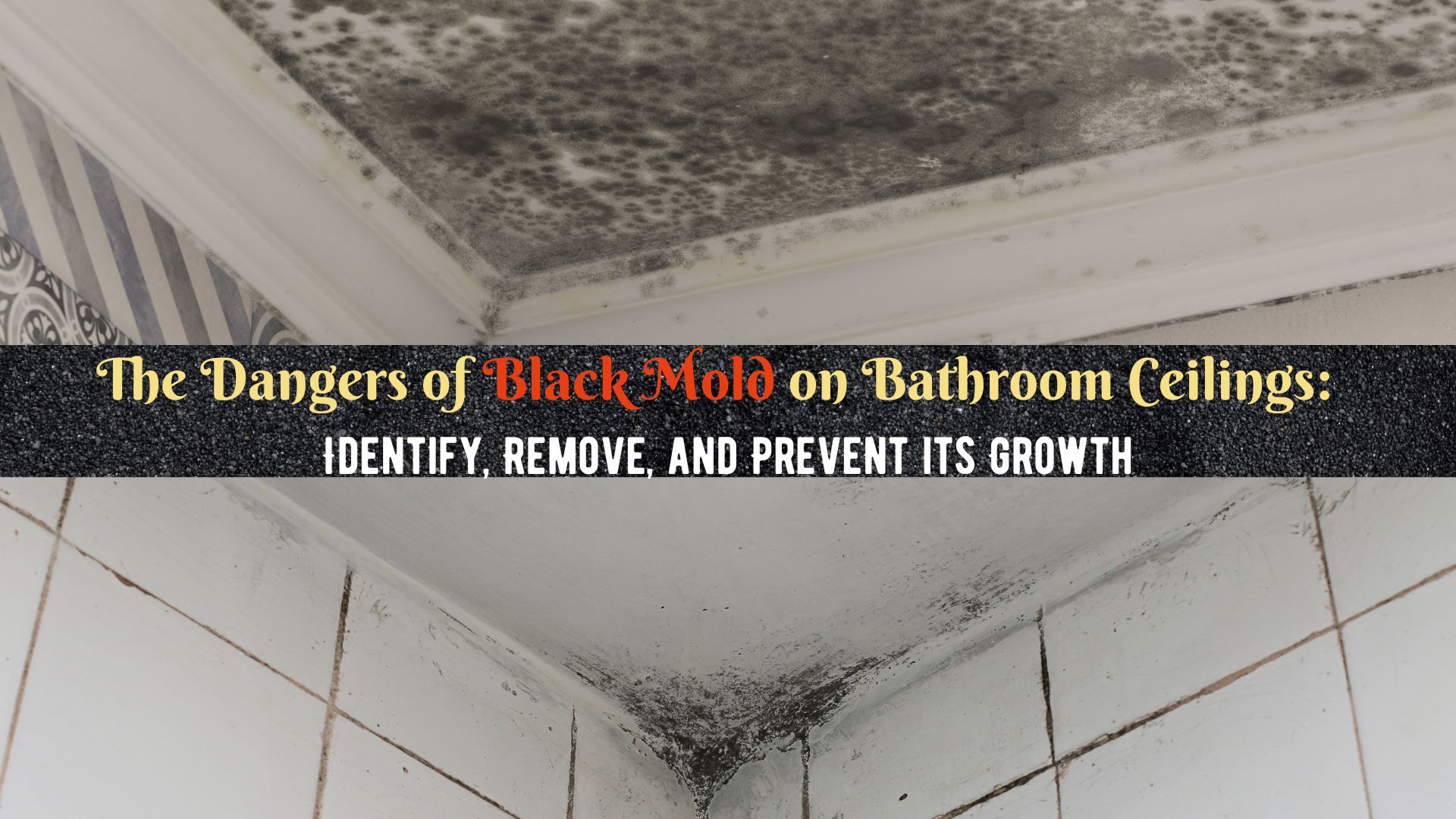Avoid 5 Effects When Frozen Pipes Thaw
Frozen pipes thaw is a critical process that homeowners must know how to handle when the temperatures start to drop below freezing.
If you live in an area that experiences cold weather, it’s essential to know how to prevent pipes from freezing. Moreover, you should also know what to do when they freeze.
Freezing pipes can cause water damage to your property, leading to costly repairs and inconvenience. In this article, we will provide tips on how to thaw frozen pipes and prevent water damage caused by frozen pipes.
Effects When Frozen Pipes Thaw
The effects of frozen pipes’ thawing can vary depending on the freeze’s severity and the pipes’ condition. Here are some of the common effects that can occur when frozen pipes thaw:
- Water Damage: One of the most common effects of frozen pipes thawing is water damage. If the pipes burst or crack during the freeze and the water starts to flow again, it can leak into your home. This can really cause water damage to your property.
- Mold Growth: If the frozen pipes were in an area with little ventilation, such as inside walls, the water that starts to flow again can cause mold growth, which can be a health hazard.
- Structural Damage: If water leaks into your home from frozen pipes, it can cause structural damage to your property, leading to costly repairs.
- Electrical Damage: If water leaks into your home from frozen pipes, it can also cause electrical damage if it comes into contact with wiring or electrical appliances.
- Health Hazard: If mold growth occurs due to water damage caused by frozen pipes thawing, it can be a health hazard, particularly for those with respiratory issues or allergies.
- Loss of Water Supply: In severe cases, frozen pipes can cause a complete loss of water supply to your home. When the pipes thaw, there may be debris or sediment in the water supply, which can cause further issues with your plumbing system.
Frozen Pipes Thaw: Prevent and Fix
The effects of frozen pipes thawing can be severe and can lead to costly repairs and health hazards. It’s important to take precautions to prevent frozen pipes and handle the thawing process carefully to avoid causing further damage. If you experience frozen pipes and suspect damage, it’s important to call a professional plumber to assess the situation and make necessary repairs.
Prevent Frozen Pipes
Prevent the freezing of pipes in the first place! Check out the following tips to help you prevent frozen pipes:
- Insulate Your Water Pipes
Water pipes that are located in unheated areas, such as exterior walls, attics, and crawl spaces, are more likely to freeze. Insulating your water pipes with heat tape, heating cable, or foam insulation can help prevent pipes from freezing.
- Keep Cabinet Doors Open
If you have water pipes that are located inside cabinets, keep the cabinet doors open to allow warm air to circulate around the pipes. In this way, you will be able to help prevent pipes from freezing.
- Let Faucets Drip
When temperatures drop below freezing, allow your faucets to drip slightly to keep the water flowing. This can help prevent the water inside the pipes from freezing.
- Shut Off the Valve
If you’re going to be away from home for an extended period of time during cold weather, shut off the main water valve and drain the pipes to prevent freezing and pipe bursts.
Frozen Pipes Thaw: Tips to Fix
If you do experience frozen pipes, it’s important to thaw them as soon as possible to prevent water damage. Get some tips below to help you thaw frozen pipes:
- Locate the Frozen Area
If you turn on a faucet and only an ooze of water comes out, you may have a frozen pipe. Locate the frozen area by checking all the faucets in your home.
- Use a Hair Dryer
One of the safest ways to thaw pipes is to use a hair dryer. Hold the dryer about six inches away from the frozen section of the pipe and move it back and forth until the water begins to flow.
- Use a Space Heater
If you have a larger area that needs to be thawed, you can use a space heater. Place a heater near your property’s frozen pipe and turn it on. Be sure to keep the heater away from any combustible materials.
- Use Heat Tape or Heating Cable
Heat tape or heating cable can be used to thaw frozen pipes. Wrap the tape or cable around the frozen section of the pipe and plug it in. The heat will thaw the pipe and restore water flow.
- Do Not Use an Open Flame
Never use an open flame to thaw pipes. This can be hugely dangerous and can lead to a fire.
Enjoy a Worry-free Winter With Superior Restoration
By following the above-mentioned tips, you can protect your home from water damage. Preventing water damage caused by freezing pipes is important for your home and wallet’s health.
Please contact Water Damage Corona today! We provide emergency water damage restoration services as well as mold damage and fire damage restoration services 24/7.





